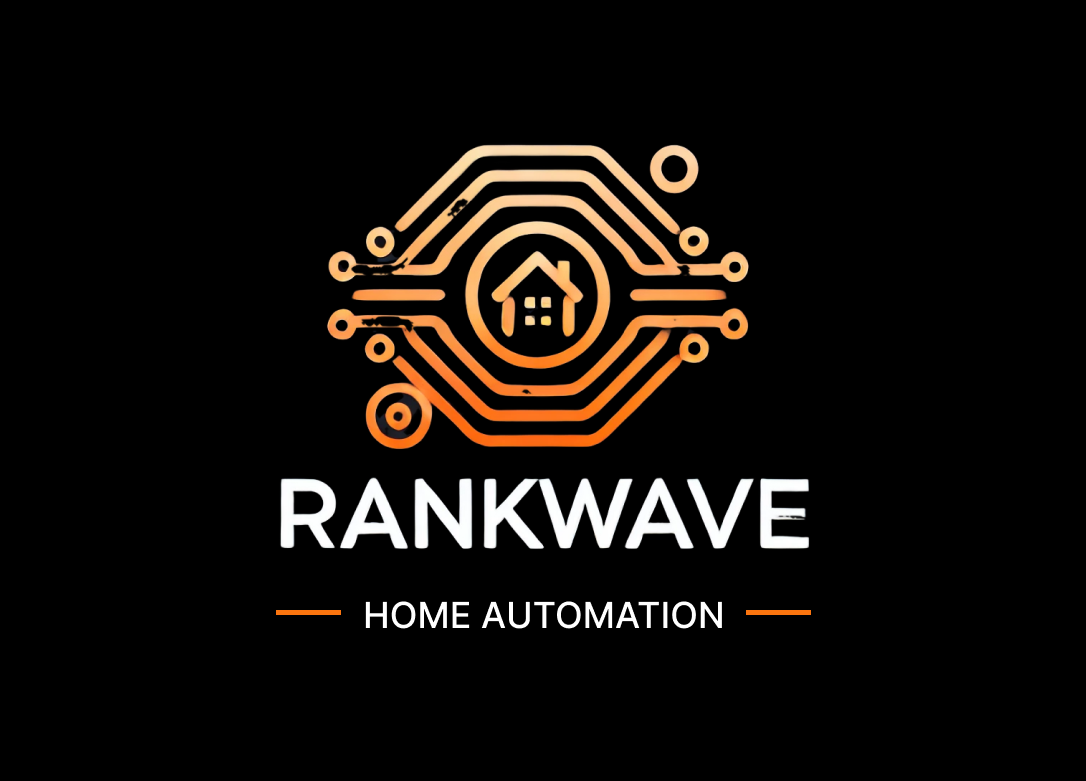Upgrading your home with smart technology doesn’t have to be overwhelming. With the right plan, you can transform your space into a fully automated, efficient, and convenient smart home. Here’s a step-by-step guide to get started.
Step by sttep guide to your smart living:
Step 1: Assess Your Needs
Before jumping into the world of smart devices, take some time to assess your home’s specific needs. Think about what you want to improve—whether it’s automating lighting, securing your property, or enhancing energy efficiency. List the areas that would benefit most from automation, such as climate control, security, or entertainment. Defining your priorities will help you make informed decisions and avoid unnecessary purchases.
Step 2: Choose Your Smart Home Ecosystem
Deciding on a smart home ecosystem is crucial for ensuring all your devices work together seamlessly. Platforms like Amazon Alexa, Google Home, and Apple HomeKit allow you to control multiple smart devices from a single app or voice command. Each ecosystem has its strengths—Alexa and Google are compatible with a wide range of devices, while HomeKit integrates deeply with Apple products. Choose one that fits your lifestyle, technology preferences, and the devices you plan to install.
Step 3: Start with Core Devices
Once you’ve chosen your ecosystem, start with core devices that will form the foundation of your smart home. Smart lighting systems, such as Philips Hue, allow you to control your lights remotely or set schedules to suit your daily routines. Smart thermostats, like Nest or Ecobee, help manage heating and cooling more efficiently. Security systems with cameras, motion sensors, and smart locks add an extra layer of safety. These essential devices will provide immediate benefits and are easy to expand later.
Step 4: Connect Devices via a Hub
If you’re using different brands or multiple devices, a smart hub may be essential for seamless connectivity. Hubs like Samsung SmartThings or Wink act as the central control point, integrating devices from various manufacturers and making sure they work together smoothly. A hub will allow you to automate tasks that involve multiple devices—such as turning off lights and lowering the thermostat when you leave home—all from one app. This centralizes control and eliminates the need for multiple apps.
Step 5: Automate with Routines and Schedules
After setting up your devices, it’s time to automate your daily life. Use routines and schedules to make the most of your smart home system. For instance, program your lights to turn on gradually in the morning or have your thermostat adjust the temperature based on the time of day or your presence at home. Automation helps simplify daily tasks, making your home more efficient and responsive to your needs without constant manual intervention.
Step 6: Expand Gradually
Once you have the core devices and automation routines in place, you can gradually expand your smart home system. Add smart speakers for voice control, integrate smart entertainment devices like TVs and sound systems, or even automate kitchen appliances like coffee makers and refrigerators. Expanding step by step allows you to grow your smart home ecosystem at your own pace while ensuring all new devices integrate smoothly into your existing system.
Partner with Rankwave for Home automation solitions
Transforming your home into a smart home can elevate your lifestyle, offering convenience, security, and energy efficiency. By following these steps, you can create a customized smart home setup that grows with your needs. Start small, automate strategically, and enjoy the future of home living today!
